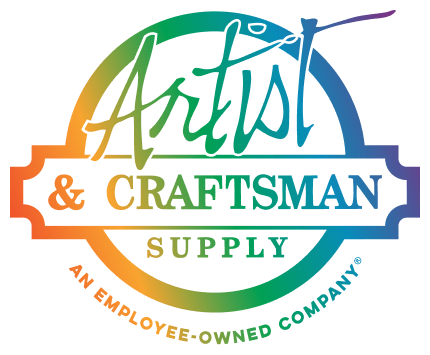Posted by Curry S. on Jan 28th 2020
Winter Blues
Do you know where your favorite color comes from? You might be surprised at what you find. Here we explore where the pigment Ultramarine Blue originated from, and how it was used throughout history.
At one point in time, ultramarine blue was one of the most sought-after pigments in the world, more valuable than gold! During the Renaissance, European artists often reserved ultramarine blue for paintings depicting religious figures such as the Virgin Mary. Because of the rarity of the pigment, many artists would put a base layer of a different blue such as azurite, only using the vibrant ultramarine blue to finish the painting. Many artists could not afford the pigment and were only able to request it if commissioned by someone who was wealthy.

Madonna of Humility, Circa 1430, Tempera on Panel | Sassoferrato, The virgin in Prayer, 1640-50
So, why was ultramarine blue expensive? In a time when there were no labs to create synthetic pigments, ultramarine blue was made by grinding lapis lazuli, a blue stone that dates as far back as Mesopotamia. Lapis lazuli is found in Badakhshan, a province located in present day Afghanistan. Because of the difficulty in harvesting the pigment due to its location and the method used to extract the stone, a synthetic form of the pigment would provide an affordable option for artists.

Titan, Bacchus and Ariadne, 1520-30, The National Gallery, London | Vermeer, Girl with a Pearl Earring, CA 1665
In the 1800s it was decided by the Société d’Encouragement that there would be a reward to the first person to create a synthetic ultramarine blue. French chemist Jean-Baptiste Guimet and German professor Christian Gmelin were able to successfully create the synthetic pigment. Today, ultramarine blue is still one of the most popular colors in painting, and thanks to Guimet and Gmelin, one of the most affordable.

Interested in purchasing pure lapis lazuli pigment? It will cost you.
From pigment to paint, check out this video showing how to make your own:

